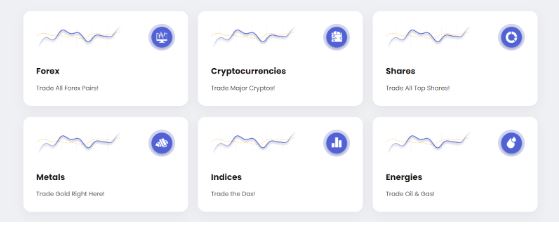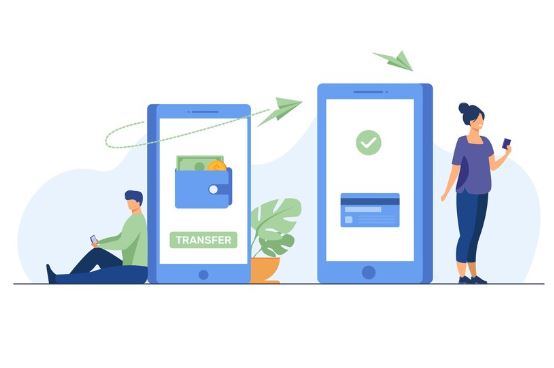Recognizing and Reporting PayPal Scam Emails: A Guide to Protecting Your Financial Security
In today’s digital age, online scams have become increasingly sophisticated, making it essential for users to stay informed about potential threats. This guide aims to empower PayPal users by highlighting the telltale signs of scam emails and elucidating the various types of PayPal scams that prey on unsuspecting individuals. We will delve into how to identify phishing attempts and what steps to take if you encounter a suspicious email in your inbox. Additionally, we will outline the proper channels for reporting these scams and provide actionable tips for enhancing your online security. By equipping yourself with this knowledge, you can better protect your financial assets and maintain peace of mind in an ever-evolving digital landscape.
Introduction to PayPal Scam Emails
In today’s digital age, the convenience of online transactions has made platforms like PayPal a staple for many users. However, this popularity also attracts malicious actors who exploit the trust associated with such services. PayPal scam email emerge as a common tactic used by scammers aiming to deceive individuals into divulging personal information or financial details. These fraudulent messages often mimic the official communications from PayPal, using urgent language and alarming subject lines to create a sense of immediate action. Understanding these scams is crucial for protecting your financial security and ensuring that your online interactions remain safe and secure.
Common Characteristics of Scam Emails
Common characteristics of scam emails frequently include urgent language that creates a sense of panic or immediacy, prompting the recipient to act quickly without thinking. These emails often contain poor grammar and spelling errors, which can be a red flag as legitimate companies typically maintain professional communication standards. Additionally, they may use generic greetings instead of addressing the recipient by name, and often feature unsolicited offers or requests for sensitive information like passwords or credit card numbers. Links within these emails may direct you to counterfeit websites designed to mimic official sites like PayPal, further illustrating the deceptive nature of such scams. Recognizing these signs can significantly help in identifying potentially harmful correspondence before it leads to financial loss.
Types of PayPal Scams to Watch Out For
When using PayPal, it’s crucial to be aware of the various types of scams that can jeopardize your financial security. Common scams include phishing emails that impersonate PayPal, tricking users into revealing their login credentials or personal information. Another prevalent scheme involves fake invoices or unauthorized transactions that prompt users to dispute charges they never made, pushing them to provide sensitive data under false pretenses. Additionally, there’s the “overpayment” scam where buyers send more money than agreed and ask for a refund of the difference, even if the original payment was fraudulent. Recognizing these tactics is essential in safeguarding your account from malicious actors looking to exploit unsuspecting users.
How to Identify a Phishing Email
To identify a phishing email, it’s crucial to scrutinize various elements that can reveal its fraudulent nature. First, check the sender’s email address; often, it will be slightly altered or come from a suspicious domain. Look for generic greetings such as “Dear Customer,” instead of personalized salutations with your name. Be wary of poor grammar or spelling errors, as legitimate organizations typically maintain high standards in their communications. Furthermore, examine any links or attachments; hover over links to see their true destination before clicking and never download unexpected files. If an email urgently pressures you to provide sensitive information or confirm your account details, it’s likely a scam aimed at compromising your financial security.
Steps to Take Upon Receiving a Suspicious Email
Upon receiving a suspicious email that appears to be from PayPal or any financial institution, the first step is to avoid clicking on any links or downloading attachments included in the message. Next, carefully examine the sender’s email address for any discrepancies, such as misspellings or unusual domains. If you believe the email is a scam, verify its authenticity by logging into your PayPal account directly through their official website rather than using any links provided in the email. If you determine that it is indeed a phishing attempt, report it to PayPal’s customer support and forward the email to their designated fraud reporting address. Finally, consider updating your passwords and enabling two-factor authentication on your accounts to enhance your security against potential threats.
Reporting Scam Emails to PayPal and Authorities
If you encounter a suspicious email that claims to be from PayPal, it’s crucial to report it to both PayPal and the appropriate authorities. Start by forwarding the email to PayPal at spoof@paypal.com, providing them with any details you can about the message and its source. This not only helps protect your own account but also aids in their ongoing efforts to combat fraud. Additionally, consider reporting the incident to local law enforcement or a consumer protection agency, as they can offer guidance and take further action if necessary. By staying vigilant and taking proactive steps when reporting these scams, you contribute to a safer online environment for everyone.
Tips for Enhancing Your Online Security
To bolster your online security while navigating potential threats such as PayPal scam emails, it’s essential to implement a few key practices. Start by using strong, unique passwords for each of your accounts and consider utilizing a password manager to keep track of them securely. Enable two-factor authentication wherever possible; this added layer of protection makes it significantly harder for unauthorized users to gain access. Regularly updating your software and apps can also help close security gaps that scammers might exploit. Additionally, be cautious when clicking on links or downloading attachments from unknown sources, and always verify the sender’s email address before responding or providing any personal information. By adopting these proactive measures, you enhance your defenses against online scams and protect your financial peace of mind.
Conclusion: Staying Vigilant Against Scams
In conclusion, staying vigilant against scams is crucial in today’s digital landscape, especially concerning platforms like PayPal. By remaining informed about common tactics used by scammers and regularly scrutinizing your emails for any red flags, you can significantly enhance your financial security. Remember that authentic communications from PayPal will never ask for sensitive information through unsolicited emails. If you encounter suspicious messages, don’t hesitate to report them and take proactive steps to secure your accounts. Ultimately, a cautious approach can be the best defense against falling victim to these deceitful schemes.



